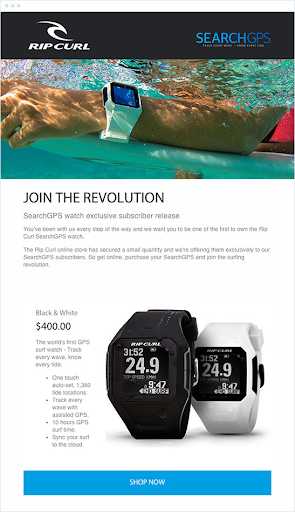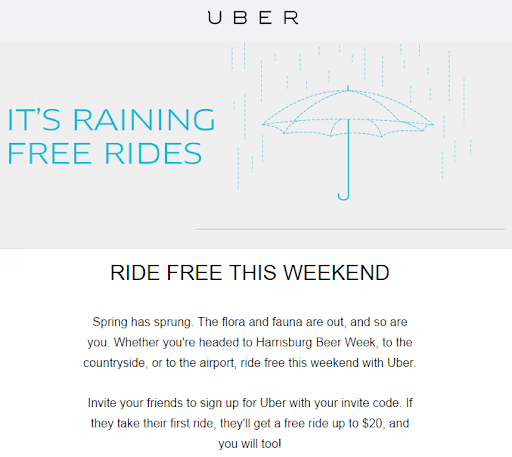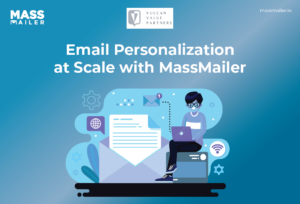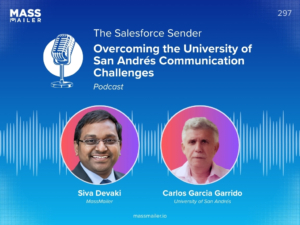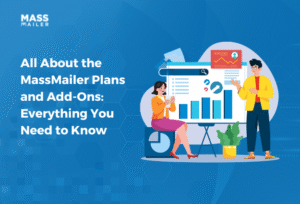Table of Contents
Did you know that ROI for email marketing is a staggering 4200%? You read it right — companies that aren’t sleeping on this type of promotion are getting $42 for every dollar spent. But there are only very few businesses that are doing it right.

The rest invest time and effort into email outreach campaigns that don’t get the anticipated results. Some of the emails get deleted, some — ignored, and some are left rotting in the inbox of your prospective customers for months. With as few as 8.5% of outreach emails consistently getting a response, it’s beneficial to learn why this number is so low. Keep on reading to find out how you can avoid making some of the most common mistakes when coming up with email outreach campaigns.
1. It targets the wrong audience
You can draft the most elaborate marketing message, but it won’t matter if it reaches the wrong person. There’s a good chance that it’ll be left unread or, worse, prompt the prospect to unsubscribe altogether. None of the two scenarios is profitable for your business, so it’s best to avoid falling into this trap.
To ensure that your efforts don’t go in vain and your email lands in the right inbox, determine who your audience is. You can keep track of it in your CRM software of choice or via a project management tool where you have access to the right set of leads. It also helps to segment your contact database so that you don’t end up sending a follow-up email to someone who’s never heard of your company before.
Targeted emails typically result in higher open rates than average emails. To reach beyond the mediocre 23% open rate, consider having a list of emails with varying demographics and interests that would be genuinely interested in your offer. This way, you’ll increase the odds of your email getting opened and ultimately engaged with.
2. It’s not personalized
And no, we’re not talking about simply including a customer’s name in the email and calling it personalization. Although emails with subject lines that feature an element of personalization tend to get opened 26% more often, you should take it a step further when catering the email outreach campaigns to your prospects.
Aside from having a template in place, it’s just as essential to make your email copy sound human. No one likes to receive mass emails that feel cold and impersonal, and it pays to show that you’ve done your research on the customer. Is it their geographical location that makes them stand out from hundreds of others you’re sending the email to? Or is there a product they enjoyed using in the past that’s closely related to your offer?
No matter what it is, your leads will be more interested in engaging with your email if it appeals to them on a personal level. When you strike a chord with them, they’ll be intrigued enough to click that Call-To-Action button you’ve included in the email and go through with the purchase. They might even recommend your company to their friends and family if your customer service is on par with the quality of the product received.
The bottom line is that you have better chances of converting a prospect into a customer if you personalize your email outreach strategy. Make it all about the customer even if you’re planning on sending dozens of emails in bulk. The result will be worth the effort.
3. It features irrelevant content
Depending on the marketing channel you’re using to promote your business, the content of the message will differ. When it’s a social media campaign, you’re targeting people who followed you out of interest for your company. They’re already familiar with the products or services you offer which means that you can go into more details when coming up with a strategy to convert them into customers.
With an email outreach campaign, your leads are most likely not aware of who you are. This is why you have to hook them in by making the email content as appealing and engaging as possible. It also has to be in line with their interests, or they’ll delete the email as soon as they open it up.
Consider your audience’s interests and geographic location when catering your promotional email to them. If they speak Spanish, you’ll benefit from translating the email into Spanish and adding a few cultural touches that would resonate with them on a deeper level. The same goes for a prospect who’s clearly interested in yoga and would rather click on and engage with an email that’s written in a calm tone.
4. It’s dull and unoriginal
Your prospects aren’t dumb — they can tell if your outreach email is merely a mass email with no originality or personalization. It’s different from an email that was carefully crafted to suit the needs and wants of the receiver. When it lacks a human touch, it’s easy to hit ‘delete’ and forget about it. This is how you lose out on the opportunity to catch and hold the attention of the potential customer before you follow up with another email to get a response.
With the number of emails expected to reach 347.3 billion in 2023, your top priority should be to stand out. To make your list of leads remember you and act on the email they receive, you need to start thinking outside of the box. Don’t limit yourself to a high-quality image that fits the content of the email — experiment with copy, subject line, and style.
Try inserting a ‘how-to’ video to go along with your offer, attach your Instagram page at the bottom of the newsletter, or, if you’re feeling generous, give a discount code for the next purchase. You can also add a countdown if there’s a sale you’d like your email recipients to know about.
Uber did it best with their “Ride free this weekend” campaign where they targeted local citizens who were planning on participating in one of the beer-themed events in the upcoming days. Besides, the company offered a $20 referral bonus that’s guaranteed to appeal to first-time customers who download the app.
5. It lacks a clearly defined value proposition
Your CRM could be super competitive, but this doesn’t matter if your outreach email is deprived of a clearly defined value proposition. To make a sales offer your prospects can’t resist, you should make it obvious that you’re trying to persuade them to make the purchase. Having a good knowledge of your customers works wonders for keeping the recipients engaged and open rates — high, but it doesn’t help with attracting the customer and making him want to buy the product without any further nurturing.
There’s no point in beating around the bush — get to the core of the message right away. Explain in your email campaign exactly how your prospects will benefit from purchasing the product. You can even take it a step further and tell them what they’ll miss out on if they don’t choose to do business with you. If you don’t go out of your way to prove to them that they should consider your offer, they won’t have a solid reason to do so.
Remember that your main goal is to provide them with a solution that’s aligned with their pain points. Do your research and find out what they are so that you hit all the right spots when crafting your marketing message. Once you know what your leads need the most, use that in your email copy. If, say, they’re looking for a quick and easy way to learn a new language, mention that your customers have managed to jump from A1 to A2 in under three months using your app.
6. It attacks them
Attacking your prospects, even if unintentionally, always backfires. And the better question is — why would you even do that if your goal is to draw them in, not scare them away? We’re talking about the condescending type of emails that focus too much on what the person on the other end hasn’t achieved yet or is struggling with.
If you want to emphasize how buying from you will change their lives, do so without pointing out what they need help with. For your offer to be hard to turn down, you shouldn’t be underestimating the achievements of your lead either. This is particularly the case when they’re genuinely interested in your product but are compelled to decline your offer because it would mean that they agree with your perception of them.
The psychology behind this is simple — people tend to get overprotective when someone attacks their weaknesses. It might seem like you’re coming from a good place, but in reality, the recipient of your email feels belittled and attacked. This will lead to him perceiving your email as overly aggressive and never replying to you.
Instead, praise his achievements (if you’ve done your research on the prospect) and don’t assume what you don’t know. You’ll be better off showing them how they could achieve even more if they choose to do business with you. Make sure your email copy reflects that.
7. It doesn’t include a follow-up
Follow-ups aren’t good just for customer retention. They’re also a must if you want your email campaign to bring you the desired results. That is, if your objective is to inform, attract, engage, guide, nurture, and convert the prospect into a customer. When it comes to email outreach campaigns, two emails are always better than one.
A Brevet study reveals that 80% of sales require at least 5 follow-up emails to seal the deal. That said, a staggering 44% of sales reps follow up only once before they give up. This means that they’re typically one email away from securing the customer. No wonder so many email campaigns end up being a waste of time and money.
Since only a handful of prospects engage with the first email the company sends out, it’s crucial for companies to follow up. This way, you’ll be able to build a relationship with a potential customer and persuade him to give in eventually. Patience is key here.
Keep in mind that your follow-ups should be just as personal as your initial emails. They also need to be relevant and tailored to the target customer. If one of the elements is missing, there’s a good chance that your prospect will lose interest before you manage to catch his attention.
8. It didn’t go through A/B testing
Companies that don’t do A/B testing miss out on generating high ROIs. Brands that do, however, report great results — they generate an ROI of 48:1. Combined with relevant content that’s original and features a clearly defined value proposition, you’re virtually guaranteed to get the desired outcome from your email outreach campaign.
The goal of A/B testing is to find the sweet spot where your emails perform the best. It involves testing out different combinations of copy, subject line, Call-To-Action, and other elements that make up an email to see which one is the most optimal. When doing A/B testing, you should also play around with send time to figure out when your email recipients are actively checking their inbox.
Once you establish what combination provides the best results, you can set certain expectations for your email outreach campaign. This way, you’ll ensure that your efforts won’t go in vain and the return will be worth the investment.
Wrapping up
The rule of thumb is to treat emails like a business deal. You want the other party to accept it and become your loyal client down the line, so approach it with care and consideration. Otherwise, you risk your prospects switching to your competitor whose offer might not be as enticing but the delivery is top-notch.
Recognize which mistakes you’re making when crafting your email outreach campaigns and work towards fixing them. It can be that your emails aren’t as personalized and sound like a robot to the prospect. Or, it can be that they lack information that would interest your target audience. Whatever the reason is, make sure to flip it around and make necessary changes to get the results you need.
Don’t forget to follow up with your leads. They might forget you exist after the initial email, but they’re sure to recall the name of your company when you consistently reach out to them with new and even more sophisticated offers.
Start Your Free Trial Today
Experience MassMailer the easiest way to send personalized emails from Salesforce.
Related Blogs
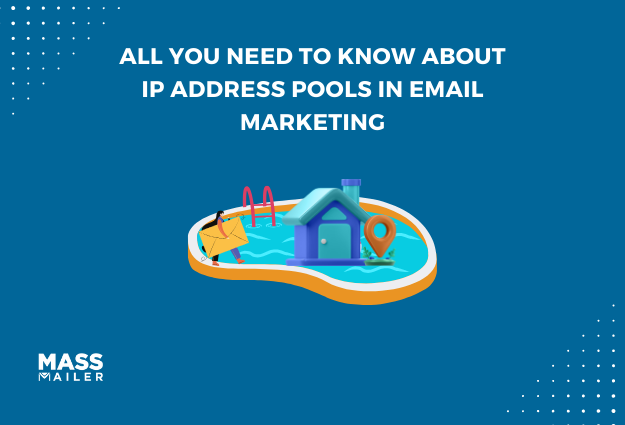
All You Need to Know About IP Address Pools in Email Marketing
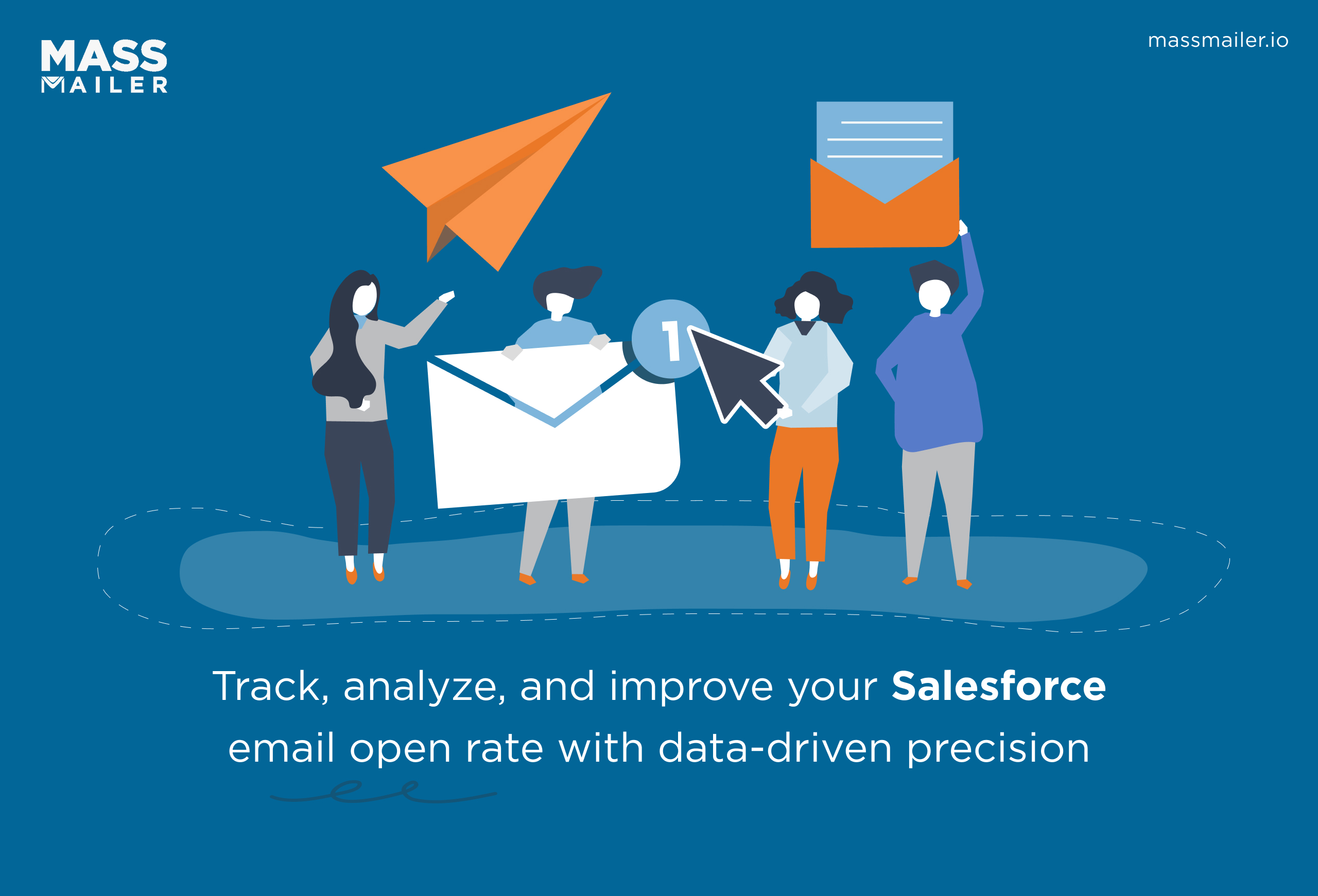
Salesforce Email Open Rate: How to Track and Improve
MassMailer Resources
MassMailer Glossary


